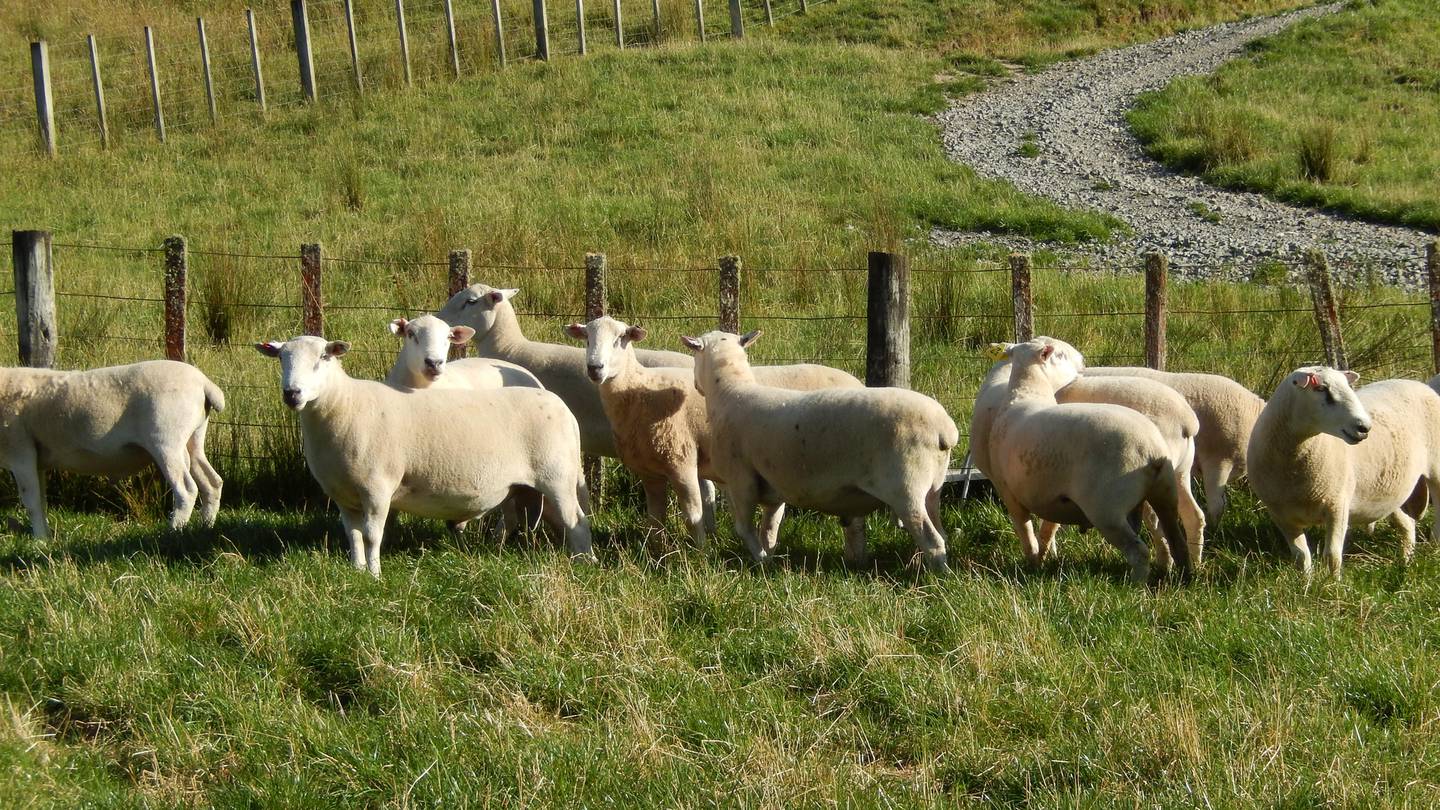A worsening medical condition and being extremely disillusioned with wool returns drove Rangitikei hill country farmer Greg Bennett to look for alternatives eight years ago.
His disillusionment with wool, combined with the medical condition, prompted Bennett to downsize sheep numbers and increase cattle on his 344 hectare block, Waitui Farm, west of Mangaweka.
“I cut sheep numbers back to 700 ewes and upped cow numbers, but that didn’t actually work out too well. The paddocks soon bogged up pretty badly,” Bennett recalled.
However, a chance meeting with an old high school mate provided the answer.
“My high school mate farmed Wiltshire sheep and after hearing about the benefits they offered, I thought this might be the answer to my problem.
“Wiltshire are a bit like Dorper and shed their wool.
“There’s no need to shear them and unlike Dorper, Wiltshire don’t have fertility problems or feet issues. Around that time my wool cheque was about $14,000.

“I thought if all I was going to lose was the wool I could cope with that. I bought some Wiltshire and added a bit of Dorper to bulk them up. The only downside I noticed was my wife no longer had any dags to put round the fruit trees.”
But no dags is one of the real benefits of the breed. Their ability to shed their wool in spring cuts the workload, eliminating the need for shearing, dagging and crutching and saves the cost of calling in the shearers or the hard yakka of doing it yourself.
“It’s actually saved us about $5000 by not having to shear.”
There are no health issues like flystrike and there is an estimated 70 per cent less work, less cost, stock treatment will be more ethical and they will bring the same returns as the more traditional meat producing breeds.
Bennett had been running a Texel/Finn operation on his Waitui block made up of 6.8ha of QE11 Covenant bush, 4ha acres of pine trees, 80ha of flat with the remainder medium to steep country.
“The switch to Wiltshire has certainly not adversely affected the meat we produce,” Bennett said.
“We are scanning 170-180 per cent up in our hills and we bring them down the flats to finish. The growth rates are great and we are still getting most of our lambs away before Christmas. Facial eczema is not normally a problem we have up here, but I have introduced some FE-resistant and high worm resistant stock. We are now a breeding unit, we’ve started up a stud and select for all the best traits. Our ewe lambs this year are by an FE-tolerant sire.
“The cheapest way to get started, I think is to buy in a couple of Wiltshire rams and put then over your Romneys. Ninety per cent of your lambs will have no belly wool and there will hardly be a need to crutch.”
It can get quite messy when they do shed their wool though, because their Romney wool fibres are still prominent at that early stage. As the generations progress the wool gets shed in the paddocks and simply naturally rots into the soil.
“The Wiltshire are a dream to muster. They mob up really well and that allows me to muster using my drone, even for docking and when moving the singles. Wiltshire work for us.”
By: Iain Hyndman
Iain Hyndman is a reporter for the Whanganui Chronicle
iain.hyndman@whanganuichronicle.co.nz
WhangaChron



